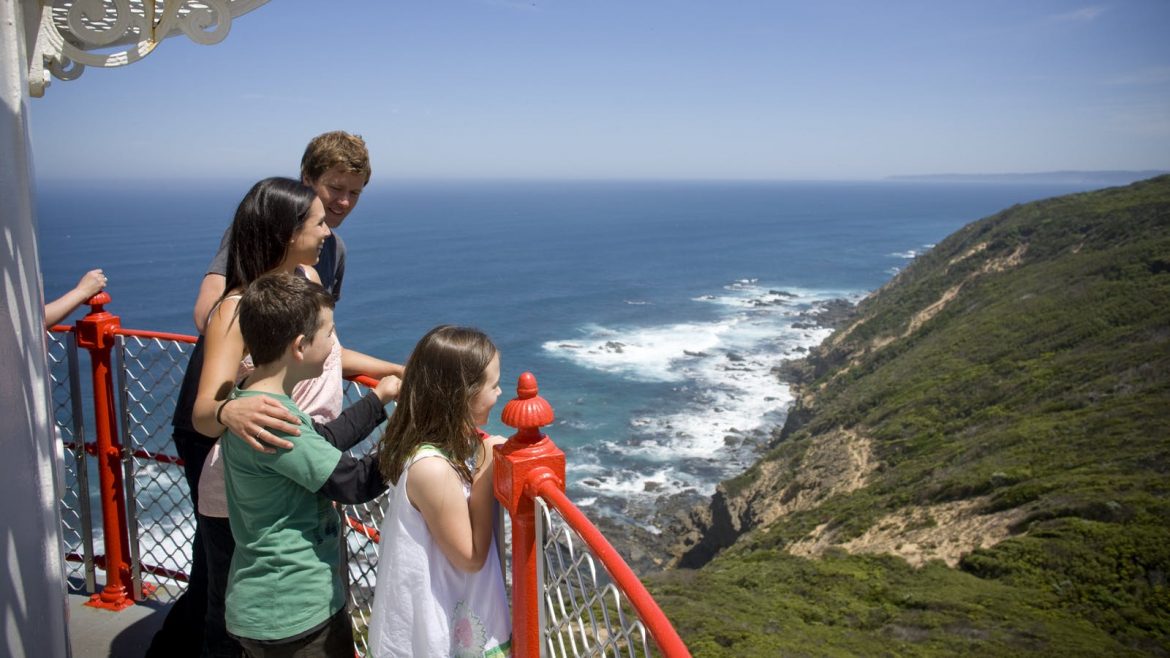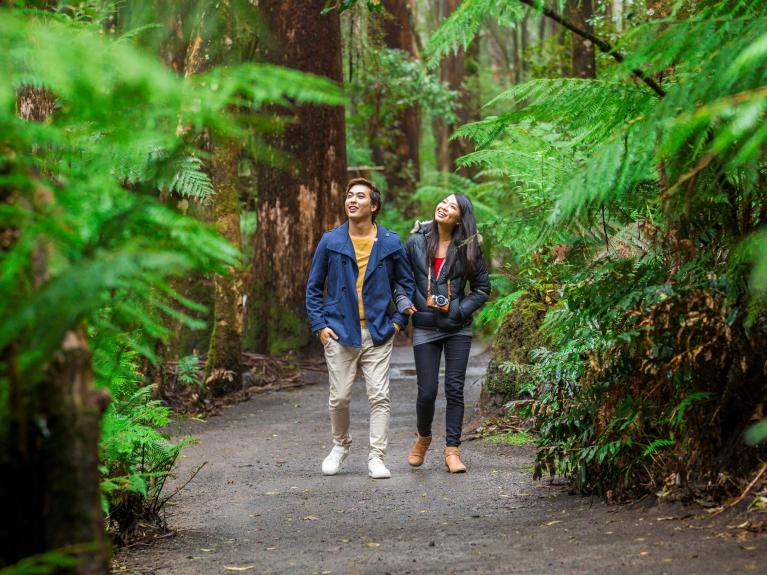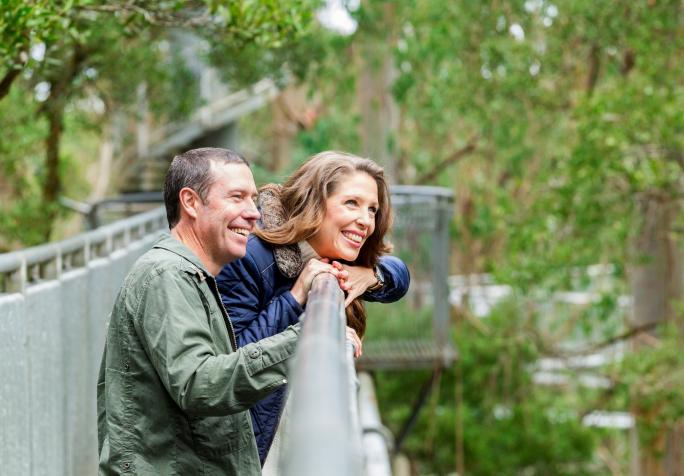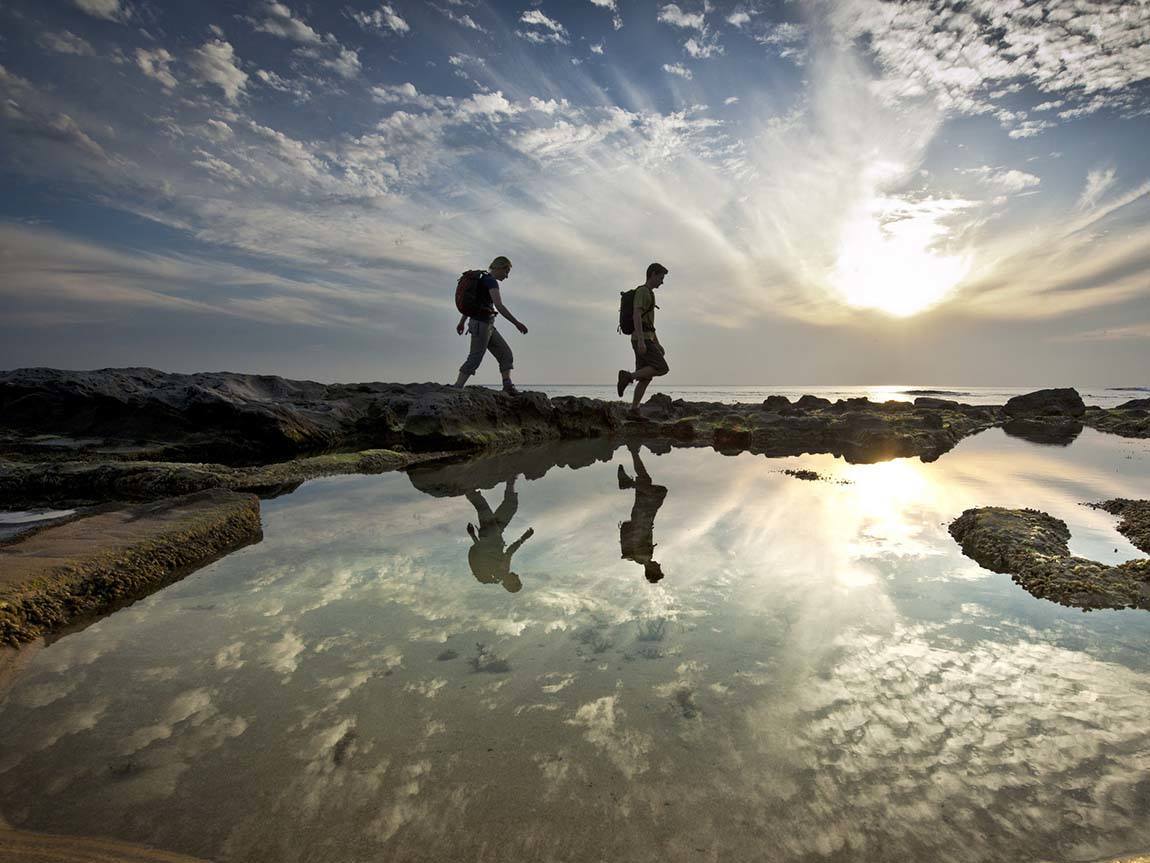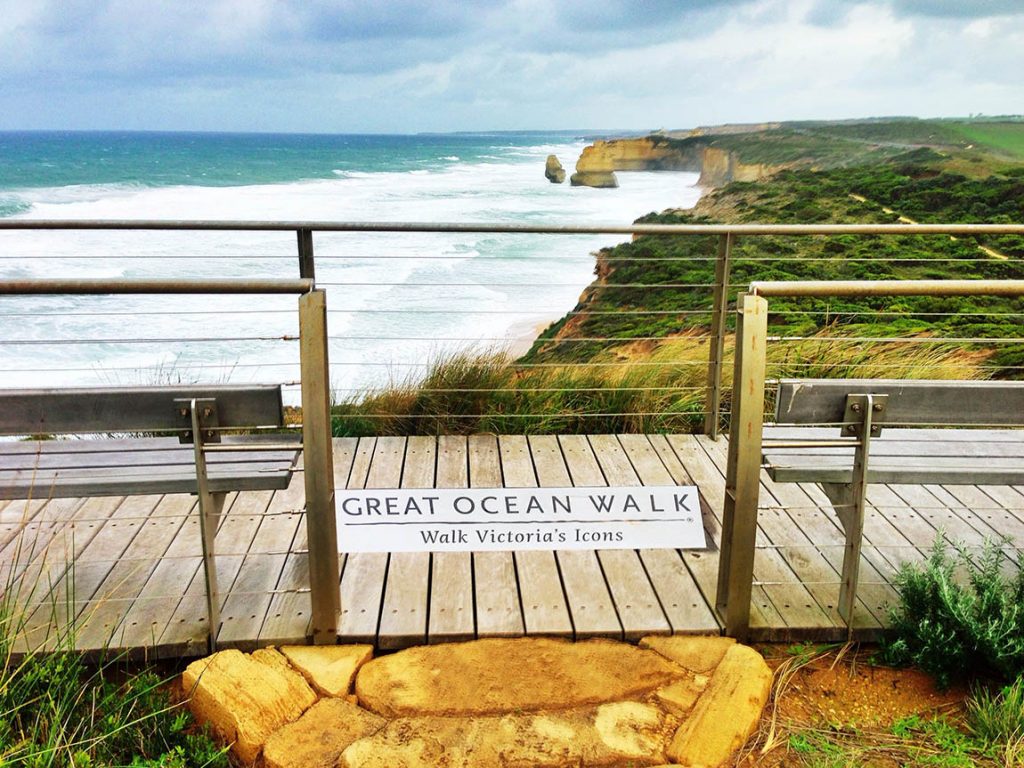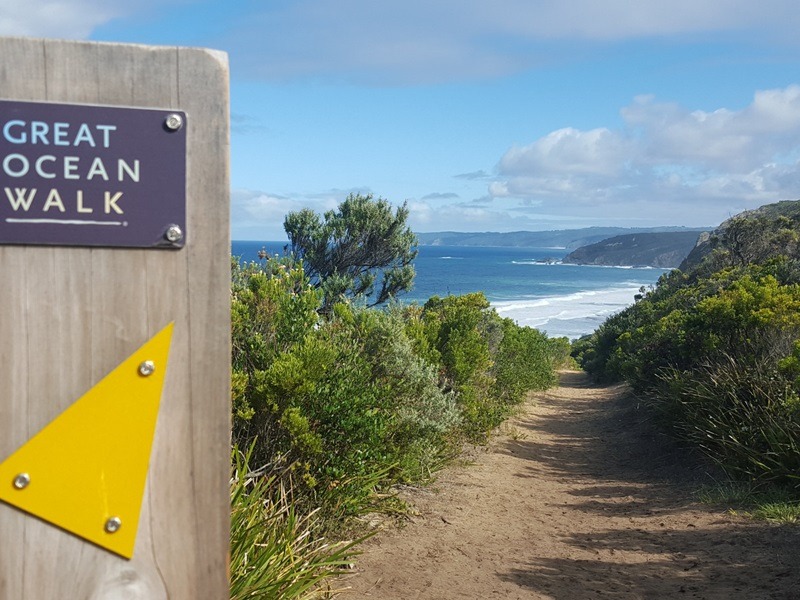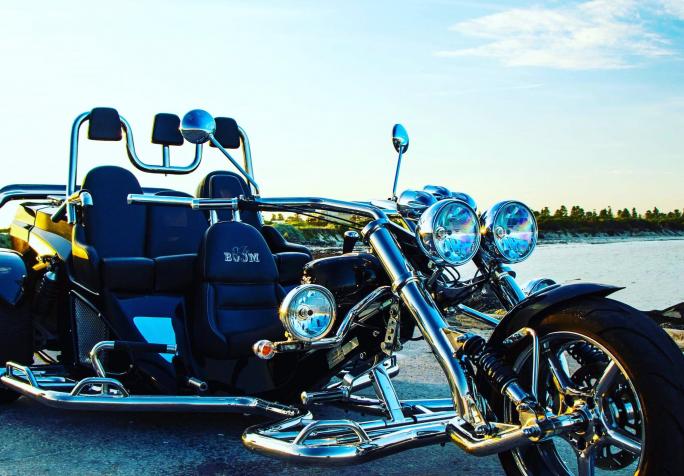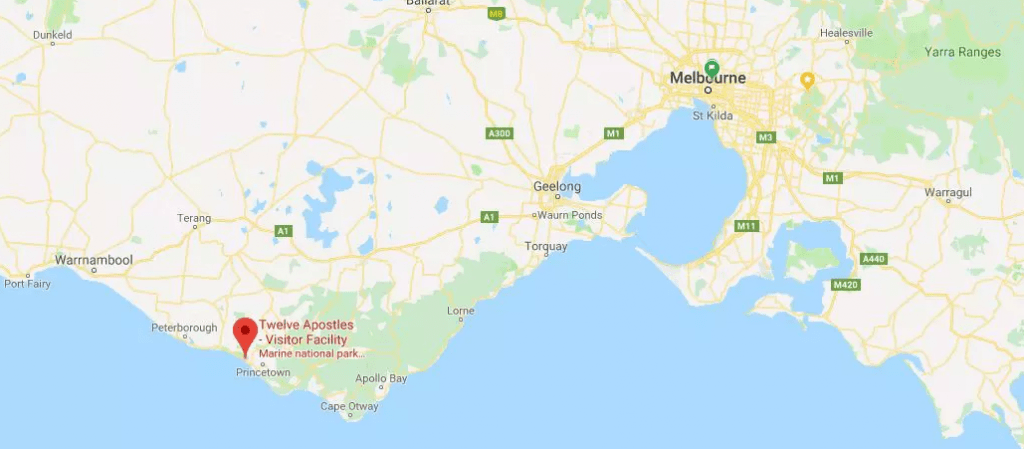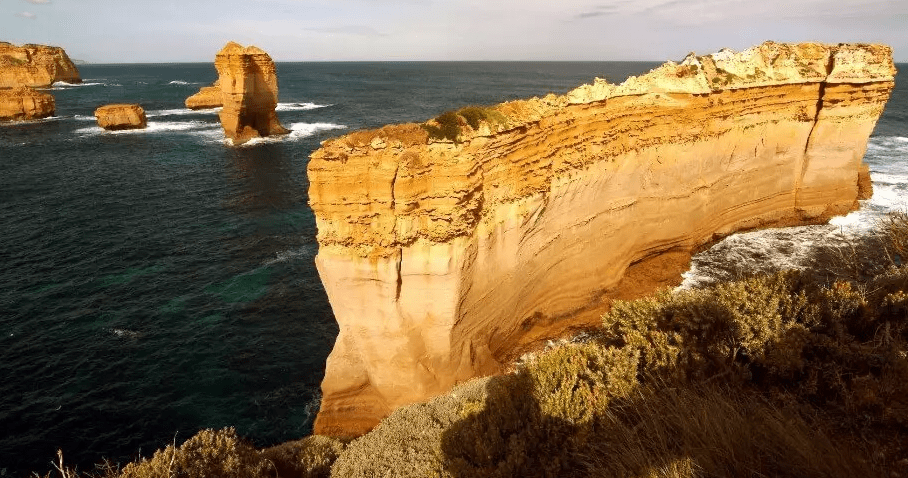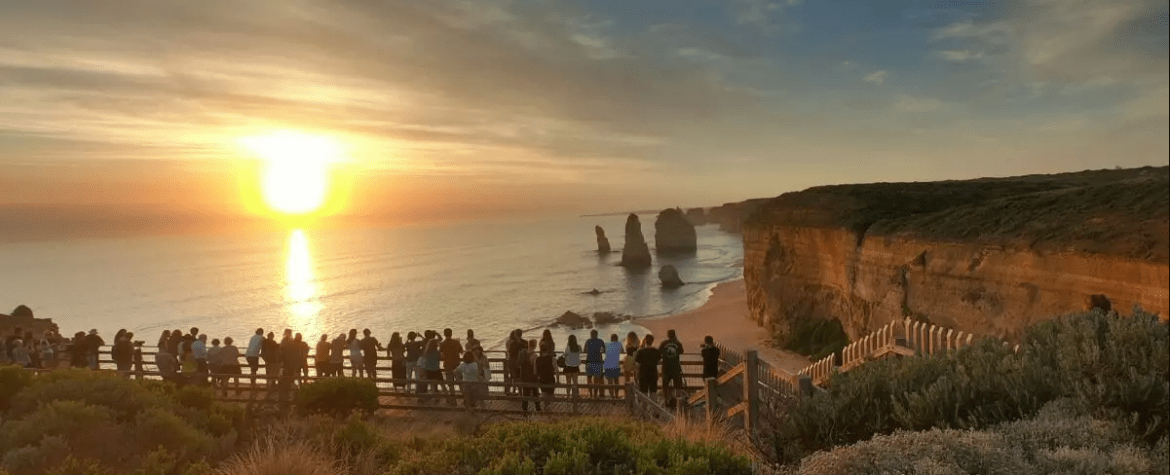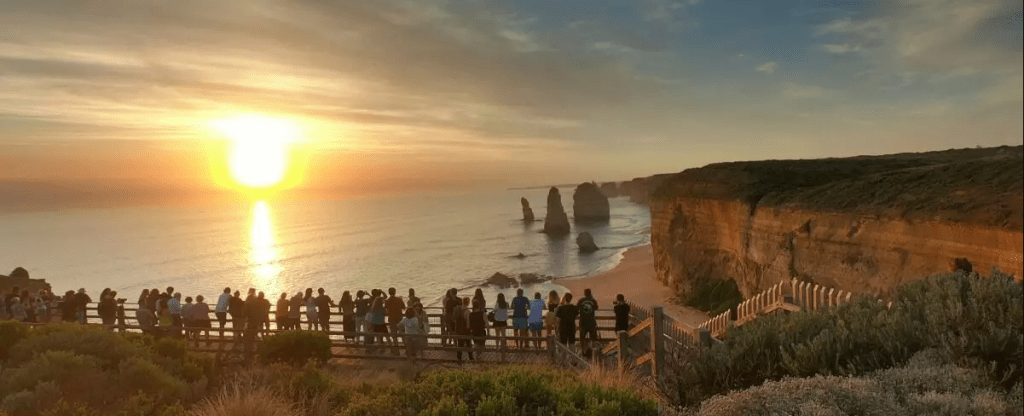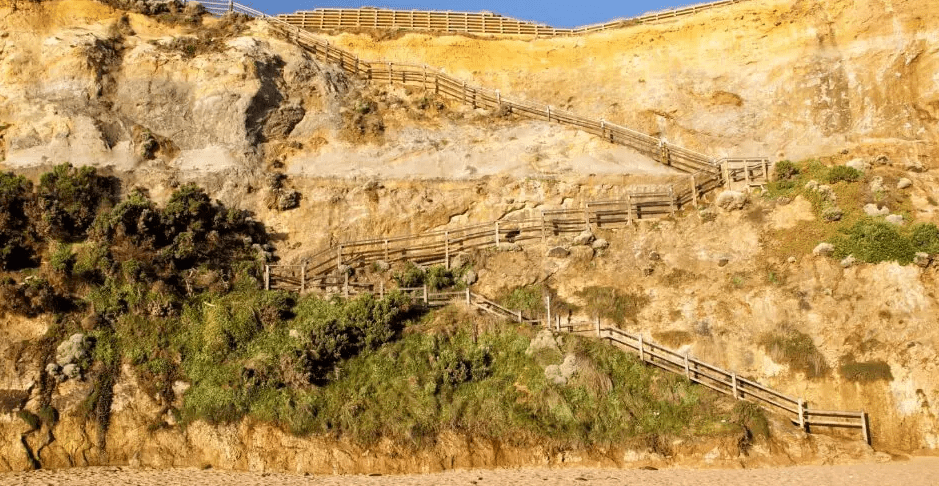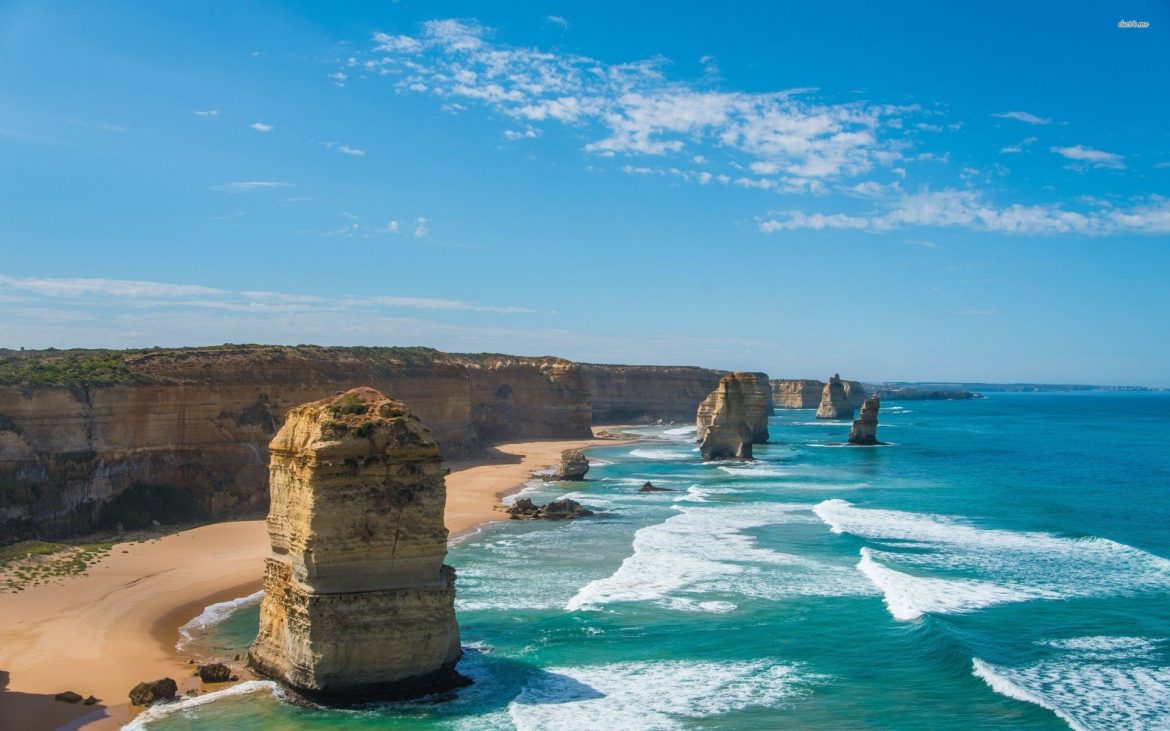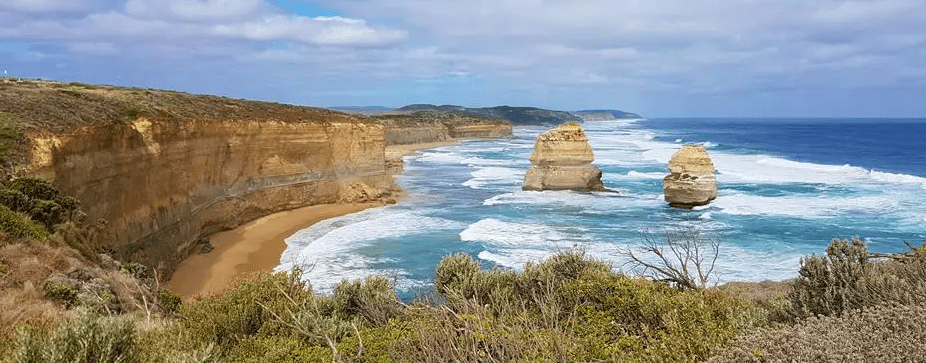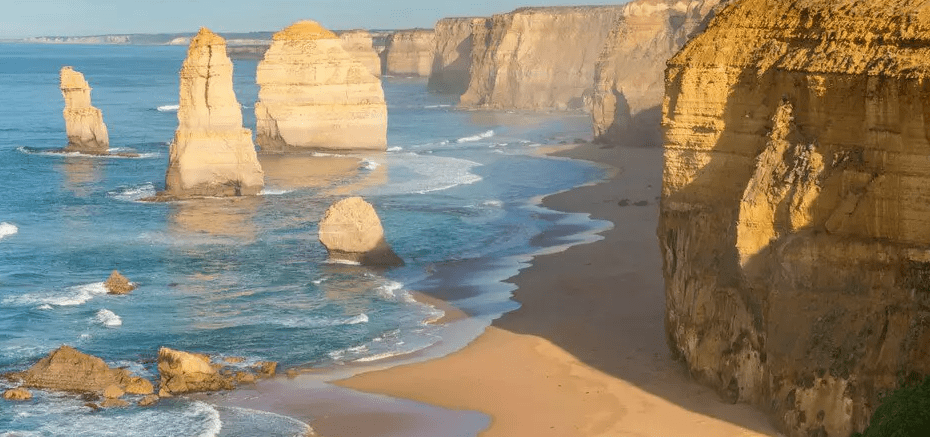Cape Otway Lightstation is Australia’s most important lighthouse. The light established in 1848 is perched on towering sea cliffs 90 metres above where Bass Straight and the Southern Ocean collide.
Experience the thrill of stepping out onto the Lighthouse Balcony for awesome views, and hear the amazing history of tragic shipwrecks on this isolated and rugged coastline from the passionate guides.
Explore the historic telegraph station built in 1859 and discover Australia’s extraordinary secret war history from WWII. Appreciate and understand local indigenous culture at the Aboriginal meeting hut, with storytelling and bush tucker sessions from local guides.
Watch whales at play and soak up the natural beauty and atmosphere for a few hours or stay overnight in the unique historic lightkeeper’s accommodation; great for families, groups, couples, friends and those hiking the Great Ocean Walk.
The Lightkeeper’s Kitchen offers an array of tasty homemade fare; try the famous freshly baked scones and locally roasted coffee.
The Cape Otway Lightstation is located a short drive off the Great Ocean Road, through serene forests where you are guaranteed to see koalas. Entry fees apply.

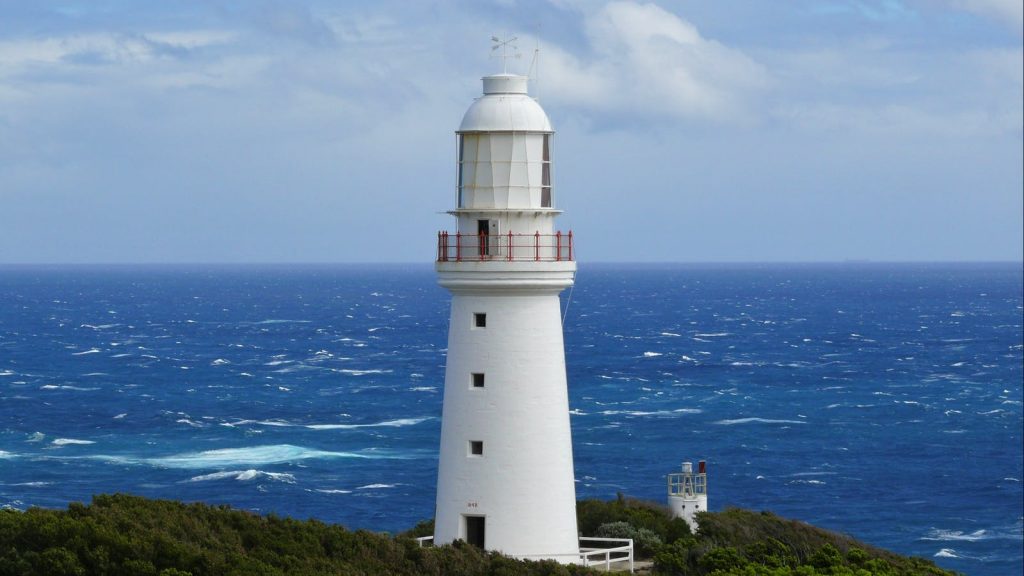
Location : 1140 Lightstation Road, Cape Otway, Victoria, 3233
Content: Cape Otway Lightstation



